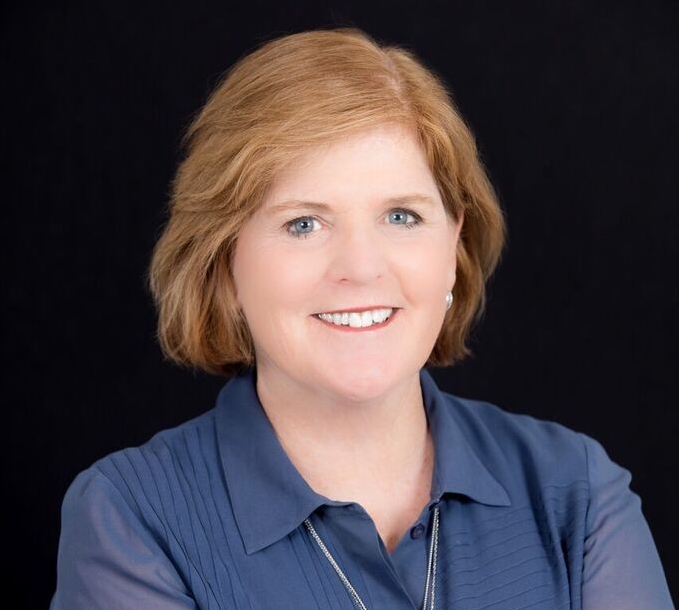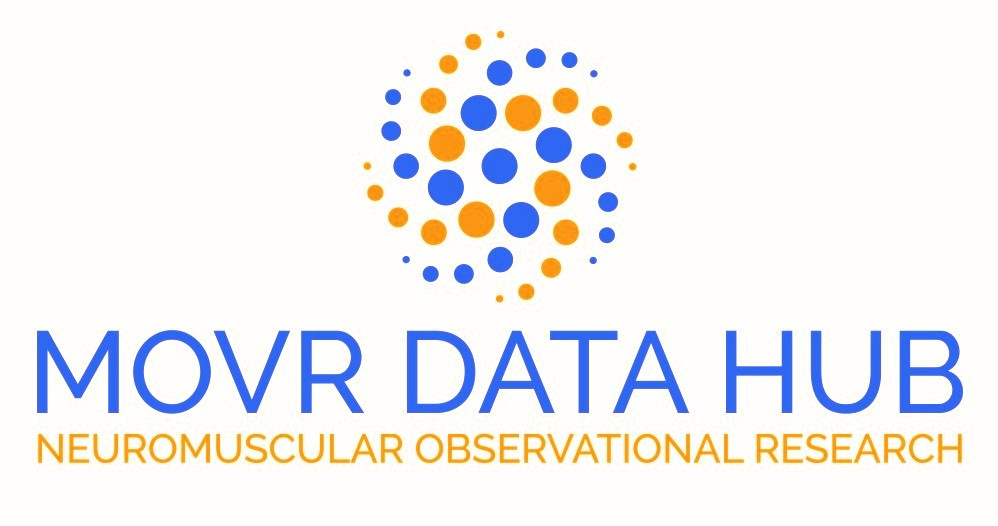The Muscular Dystrophy Association (MDA) has been building a longitudinal provider-entered registry of neuromuscular disease patients for about the past four years. And this fall the organization will be launching the expanded MOVR (neuroMuscular ObserVational Research) data hub. MOVR will be more than just a registry as it will serve as a centralized repository of data across multiple neuromuscular diseases, storing the most useful, impactful, and influential information for broad communities of healthcare providers, researchers, and therapy developers. This fall MOVR will launch in 25 MDA care centers, with an additional 25 coming onboard Spring 2019. These care centers will collect data through an EHR-enabled platform that will include healthcare provider-reported data, genomic data, and patient-reported outcomes.
 PM360 spoke with the MDA’s recently appointed President and CEO Lynn O’Connor Vos about her goals for MOVR, how pharma companies can get involved, and her other plans for the MDA.
PM360 spoke with the MDA’s recently appointed President and CEO Lynn O’Connor Vos about her goals for MOVR, how pharma companies can get involved, and her other plans for the MDA.
PM360: Tell me about MOVR and how you’re establishing this registry/data hub of patients?
Lynn O’Connor Vos: MOVR is an extension of a patient registry we started about four years ago. Essentially, we were running a pilot registry as a feasibility study in about 20 MDA Care Centers for four diseases: Amyotrophic lateral sclerosis (ALS), spinal muscular atrophy (SMA), Becker muscular dystrophy (BMD), and Duchenne muscular dystrophy (DMD). We have about 3,200 patients who are currently in the registry. When I joined the MDA earlier in the year, the board—particularly Dr. Rod Howell—was extremely interested in expanding the registry, appreciating the need for a centralized data repository in this space.
Neuromuscular observational research is so critical at this time because we’re in an unprecedented moment in neuromuscular disease. Before a few years ago, there were almost no drugs at all in this space. But in the last six years or so, there have been some very significant discoveries in terms of genes. And now that we understand the genetic profile of some of these diseases, pharma and biotech have a massive interest in addressing the conditions with gene replacement therapies and other new therapies that can be game changers.
A great example of that is Spinraza, which was brought to market by Biogen less than two years ago. That product is an intrathecal injection, and if it’s used early enough in the life of a baby with SMA they are seeing dramatic changes. In some cases, children are walking or meeting motor milestones when previously they may not have lived beyond a few years of age. And when used in older children or young adults, it appears to actually help to restore some function.
In total, there are about 60 drugs in the pipeline. One of the reasons why our data hub makes so much sense is that companies need to be able to identify patients faster for clinical trials. It’s become part of our mission to help them find patients.
How are you building up the data hub?
MDA is the largest sponsor of neuromuscular research in the U.S. outside of the federal government. We’ve sponsored over a billion dollars of research. We also have a certification program at the top 150 care centers, and we have MDA family care specialists on the ground at those care centers. So, because we have the relationships with the care centers and we’re sponsoring and supporting multidisciplinary care at those centers, it’s a logical next step to enroll those centers and patients into MOVR. We’re starting with 25 centers and moving to 50 in the next wave, so that we can understand where all the patients are, which will help enable pharma to find those patients faster for clinical trials.
In addition to that, the goal of clinical research design is to understand the natural history of these diseases so we may avoid, in some cases, placebo-controlled trials. Much of what has happened over the years is start-and-stop research, and much of that has to do with the fact that we just didn’t understand how to design the right trials.
So, if you think about research and development like a pyramid, the data hub is the base as it will provide de-identified data that will help all stakeholders understand more about the disease. Then, the middle of the pyramid is more of a clinical trial development area in which pharma, biotech, and all the clinical researchers can learn more about how to design trials that would be more effective to get product to market. And, on top of the pyramid, is identifying the individual patients who meet the profile for the trial.
When you enroll centers into MOVR, how are they providing their patient data? And what are some of the advantages to them to joining the initiative?
We are using an EHR-enabled platform. So, about 30% to 40% of the data will come from the EHR automatically as it is entered into the case report forms, and the rest will come from the clinical team who will enter additional data with the help of the support people we have at the offices. We also have a digital health component that will be given to patients so they can enter data directly. That way we will have patient-centered data, genomic data, and clinical data all in one place.
As part of joining the hub, IQVIA, our platform provider, is going to invest in additional training so that more of the top centers are all able to run clinical trials. They will also have early access to the data and the opportunity to compare and contrast and learn more from other centers. We hope to raise the standard of care by opening more of a collective impact and a data collaboration among these care centers. These are rare diseases—and in some cases, super rare diseases—so the more opportunities there are for people to share cases, the more likely they will be to get the diagnosis faster and possibly start some treatments started earlier. Really, one way of looking at this is that precision medicine is coming to neuromuscular disease.
What else are you planning as part of the expanded MOVR initiative?
We have the first 25 care centers signed on, and the plan is to get the second group of 25 added within the next six months. Eventually we will roll this out to all 150 care centers, but in the near term, we also plan to expand to seven diseases over the next six months. We will add additional diseases over time. MDA is an umbrella organization and we represent 43 neuromuscular diseases, including ALS. But there are several individual non-profits out there that just address single diseases. We are speaking with some of those organizations now, and we hope that they will join with MOVR.
How can pharma companies get involved with MOVR or gain access to the data that you are collecting?
Currently we are talking to the pharmaceutical industry to see if they will support this major effort—not just MOVR itself, but also improving care and outcomes among all the care centers out there. We hope to secure funding from some of the top organizations that are committed to neuromuscular disease in order to support this long-term longitudinal data initiative.
Some opportunities that pharma can get out of this include speeding up the design of clinical trials; looking at better end points for some trials; accelerating patient sub-type; eliminating some roadblocks within the clinical trial process; and hopefully, significant reduction in study startup and completion. That is in addition to developing a greater understanding of the diseases and their natural history.
MOVR will also benefit our patients and our community. When you look at the full spectrum of diseases, a lot of attention is paid to the top five in terms of clinical research. But some of the rarer conditions in neuromuscular disease haven’t been addressed yet by pharma and biotech. We hope that by organizing the data there will be more access to information regarding areas with smaller patient groups.
We are also hoping that there may be some opportunities for cross pollination in terms of research and cross discovery—and we’re already seeing that. At our clinical conference last March, Dr. Mendell showed some data that was on SMA for gene replacement therapy, but he also revealed some applications for other diseases. So, the more attention in this space, the more consolidation of data, the more eyes on it, the more investment, the more likely we are to see some significant transformation for patients.
I imagine another opportunity for pharma would be post-launch and the ability to track how these medications are actually working in patients?
You’re spot on there, because if you look at what’s going on in Washington, there is pressure on the FDA to bring some of these products to market, despite trials with very few patients. So, many of the drugs in the market are going to require significant follow-up. And a hub like this can help.
Besides MOVR, what else are you focused on as the new President and CEO of the MDA?
I think there is a huge need for communication, and I’ve published and talked about communication as a cure in my previous role as head of an agency. We are facing a changing population of families with millennial moms—so organizations like MDA must change the language they use to meet the desires of this changing health population. One of the other things we’ve done since I joined is develop a medical education team, so we’re laser focused on better training, better communication, and more CME.
Lastly, believe it or not, neuromuscular disease does not have a single convention for the umbrella organization, even though we’ve always had a clinical or a research conference. In April 2019, we are putting on the first very large neuromuscular convention in Orlando. We are bringing together the pharma and biotech, as well as technology companies, who want to address the needs of this population of people. Join hundreds of medical and scientific professionals at MDA’s 2019 Clinical and Scientific Conference to learn about the latest in research, clinical management, and data collection and sharing. Participate in robust sessions and conversation around the most important areas in neuromuscular disease and listen to leaders in the field including Dr. Janet Woodcock, Director, Center for Drug Evaluation and Research at the Food & Drug Administration, who will be joining us as our 2019 keynote speaker. Dr. Woodcock will share her perspectives on the power of data and sharing of information across stakeholder groups, along with other important and timely topics around therapy development.







